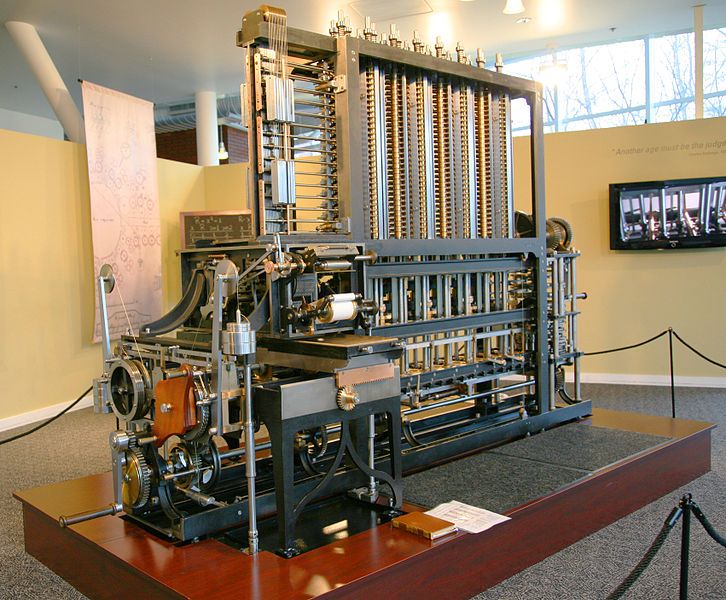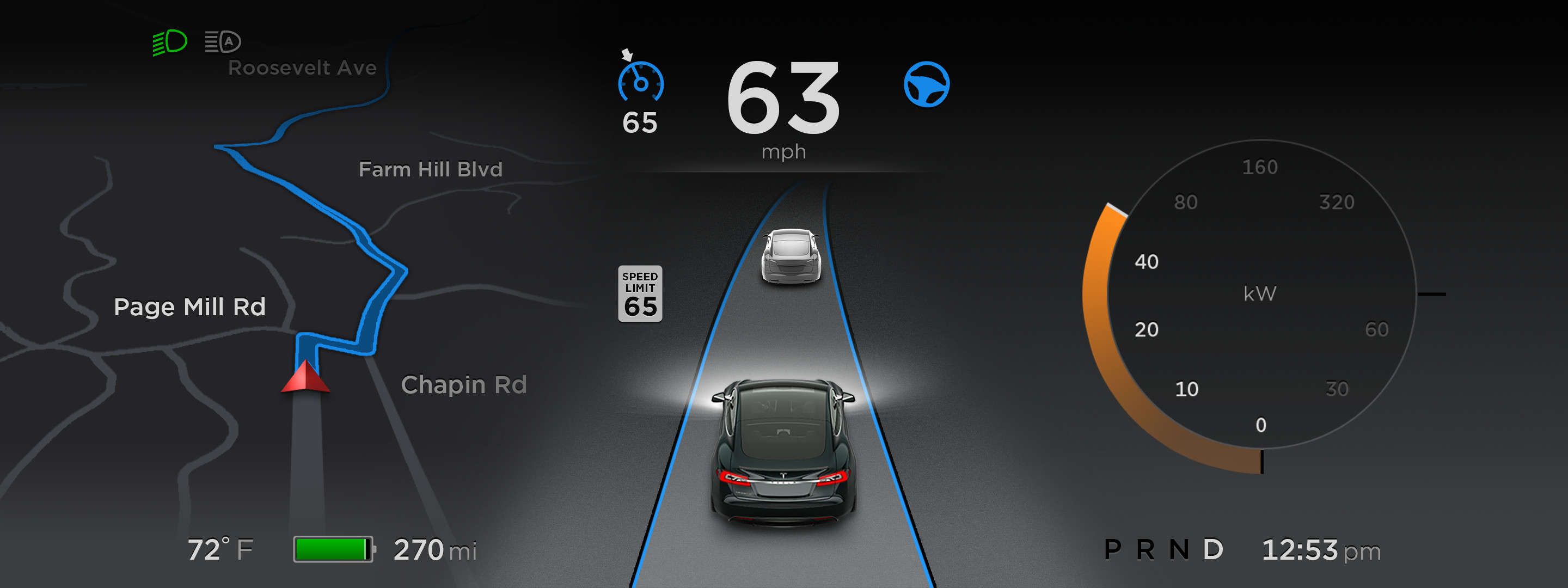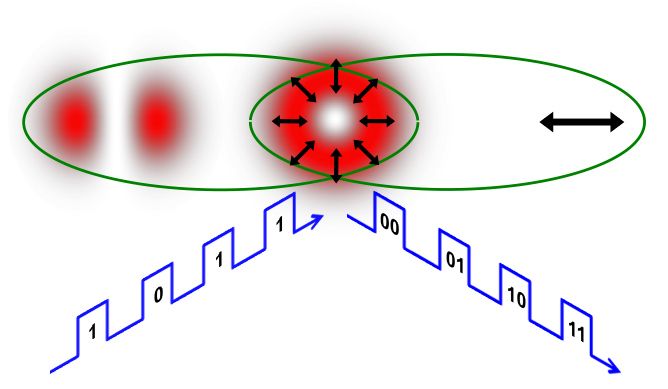Large amounts of precious resources are being spent on encouraging weight loss and healthy living. While the intention of trying to reinforce healthy living is laudable, the evidence is that our resources are being wasted on minimal benefits.
Society considers obesity a big threat that needs to be overcome, but being thin is seen as a panacea
The diseases caused by biological aging carry on incessantly taking the lives of 100 000 people every day. While age 87 is the most common age of death for people in the western world, little progress has occurred during the past decades.







